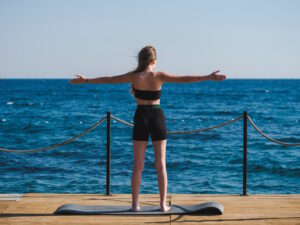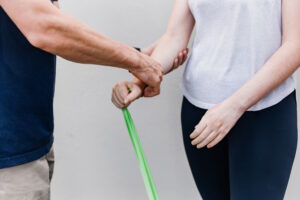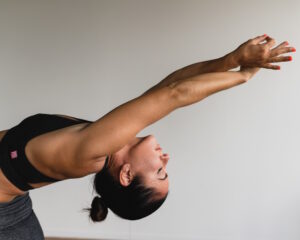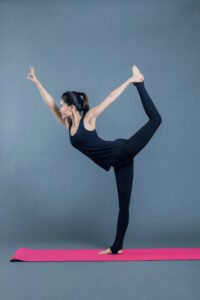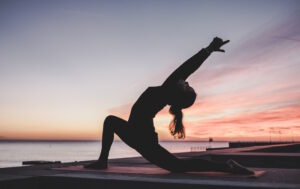
When it comes to cardiovascular health, many people often associate it with high-intensity aerobic exercises like running or cycling. However, Pilates, known for its focus on core strength and flexibility, can also play a valuable role in improving cardiovascular fitness. In this article, we will explore how to combine cardio and Pilates, the benefits of Pilates for cardiovascular health, and the best exercises to pair with Pilates to enhance overall fitness.
How do you combine cardio and Pilates?
Combining cardio exercises with Pilates can create a well-rounded fitness routine that benefits both the cardiovascular system and overall strength and flexibility. Here are a few ways to incorporate cardio and Pilates effectively:
1. Interval training: Perform short bursts of high-intensity cardio exercises, such as jumping jacks, mountain climbers, or burpees, followed by a Pilates exercise or sequence. This alternating pattern challenges the cardiovascular system while allowing for recovery and focusing on core strength and stability during the Pilates exercises.
2. Circuit training: Set up a circuit with cardio exercises like jumping rope, jogging in place, or using a cardio machine, and intersperse Pilates exercises between each cardio interval. This approach keeps the heart rate elevated while incorporating the strengthening and lengthening aspects of Pilates.
3. Cardio-Pilates classes: Join specialized classes that combine elements of Pilates with cardio workouts. These classes typically incorporate cardiovascular exercises like dance, aerobics, or martial arts movements, along with Pilates-based exercises for a balanced workout.
Can Pilates help with cardiovascular health?
While Pilates is not considered a traditional cardiovascular exercise, it can still contribute to cardiovascular health in several ways:
1. Improved muscular endurance: Pilates exercises target multiple muscle groups, promoting muscular endurance. This increased endurance can enhance cardiovascular performance during other activities and reduce fatigue.
2. Increased calorie expenditure: Although Pilates is not a high-calorie burning exercise on its own, adding Pilates to a well-rounded fitness routine can contribute to overall calorie expenditure. Combining Pilates with cardio exercises or engaging in longer Pilates sessions can help maintain a healthy body weight, which is beneficial for cardiovascular health.
3. Enhanced breathing control: Pilates emphasizes proper breathing techniques, which can improve respiratory efficiency and lung capacity. Efficient breathing supports cardiovascular function and oxygen delivery throughout the body.
What is the best exercise to combine with Pilates?
When combining Pilates with other exercises, it is important to choose activities that complement its principles of alignment, stability, and controlled movements. Some exercises that work well in combination with Pilates include:
1. Walking or jogging: Incorporating brisk walking or jogging sessions into your routine can provide an excellent cardiovascular workout while maintaining a focus on proper alignment and engaging the core muscles.
2. Swimming: Swimming is a low-impact, full-body workout that is gentle on the joints. It complements Pilates by promoting lengthening, strengthening, and controlled movements.
3. Cycling: Whether indoor or outdoor, cycling is an excellent cardiovascular exercise that can be combined with Pilates. It engages the lower body muscles while promoting core stability and posture control.
In summary, while Pilates is not considered a cardiovascular exercise on its own, it can contribute to cardiovascular health when combined with other activities. By incorporating interval training, circuit training, or cardio-Pilates classes, you can effectively combine cardio and Pilates. Pilates helps improve muscular endurance, increases calorie expenditure, and enhances breathing control. Walking, jogging, swimming, and cycling are among the best exercises to combine with Pilates for a well-rounded and beneficial fitness routine.

